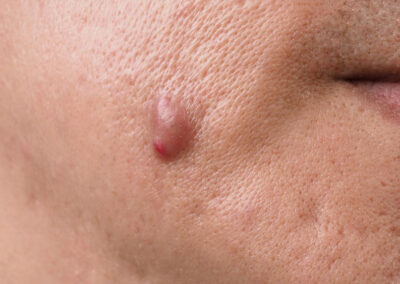Affliction
Diabetic foot
Diabetic foot is a chronic complication of diabetes that affects the feet. It develops due to a combination of damage to peripheral nerves (peripheral neuropathy) and issues with blood vessels (peripheral artery disease) associated with diabetes.
The main characteristics of diabetic foot include:
- Diabetic neuropathy, which is damage to peripheral nerves affecting sensation in the feet. Patients with neuropathy may experience loss of sensation, tingling, or burning in the feet. Lack of sensitivity can lead to unnoticed foot injuries.
- Affected blood vessels, reducing blood flow to the feet. Poor circulation hinders the body’s ability to heal injuries and increases the risk of infections.
- Development of ulcers and wounds on the feet.
- Wounds take longer to heal, increasing the risk of infections. Infections can spread rapidly and be challenging to treat.
- Muscle weakness and changes in foot structure, such as the formation of hammer toes or calluses.
Benefits of PBM
• Stimulates cellular regeneration and the formation of new blood vessels, beneficial for accelerating the healing of ulcers in diabetic foot.
• Reduces inflammation associated with ulcers in diabetic foot.
• Has analgesic effects, providing relief from pain associated with nerve damage in the feet of people with diabetes.
• Stimulates nerve regeneration, benefiting cases of diabetic neuropathy.
• Improves local blood circulation, crucial for the delivery of oxygen and nutrients to the affected tissues.
• Accelerates healing and enhances local immune response, contributing to reducing the risk of infections in diabetic foot ulcers.




